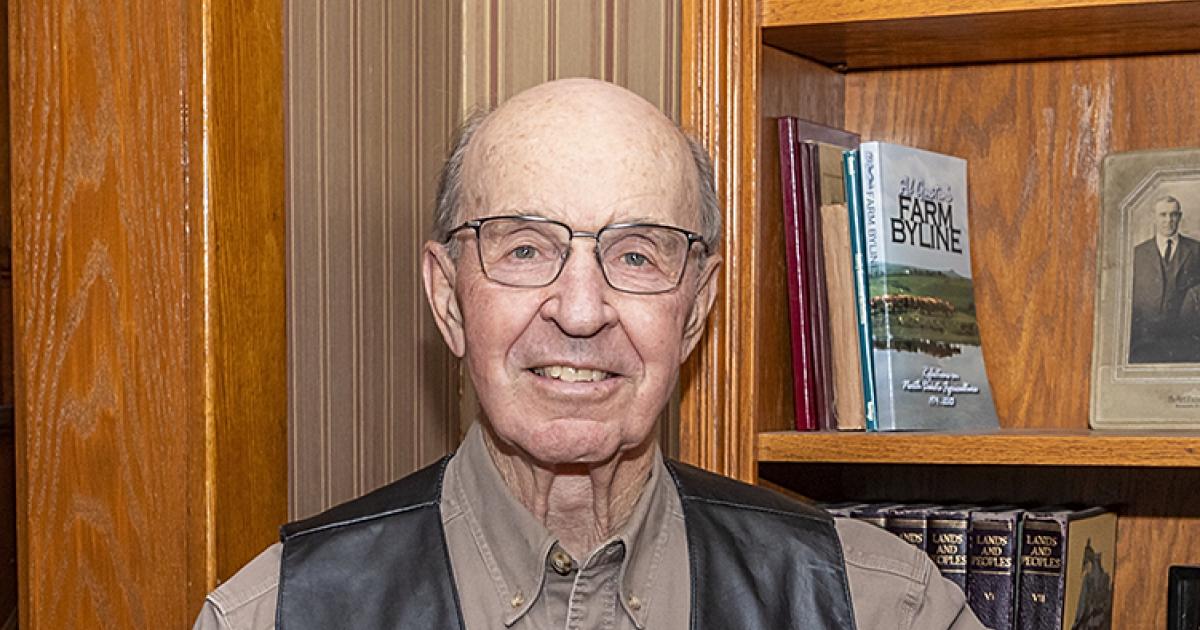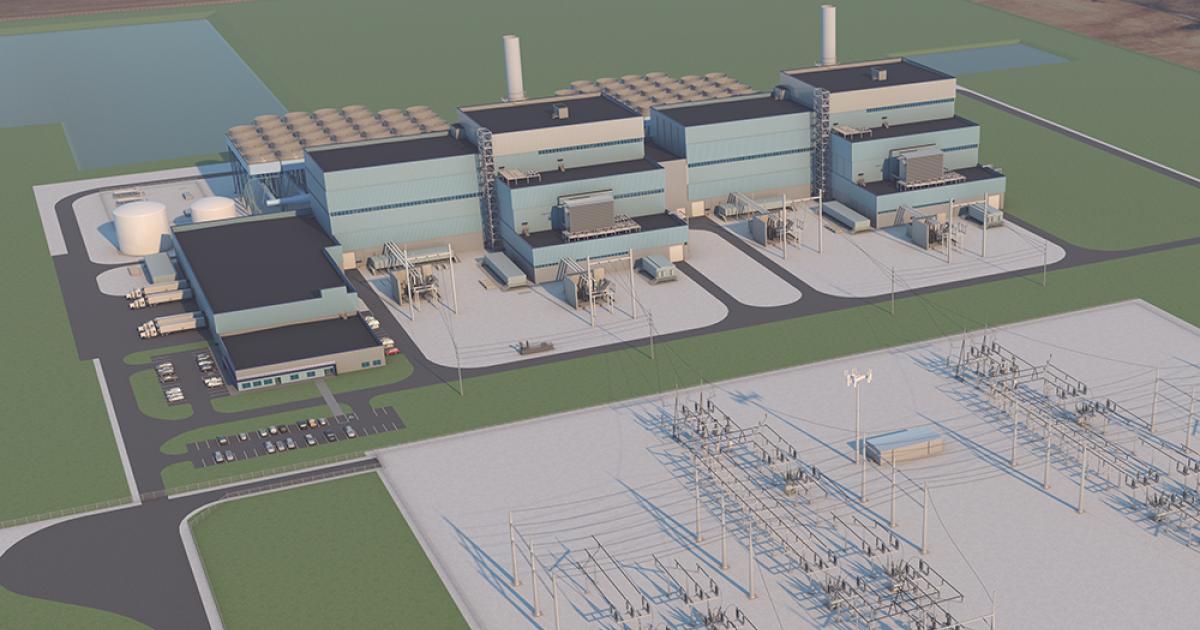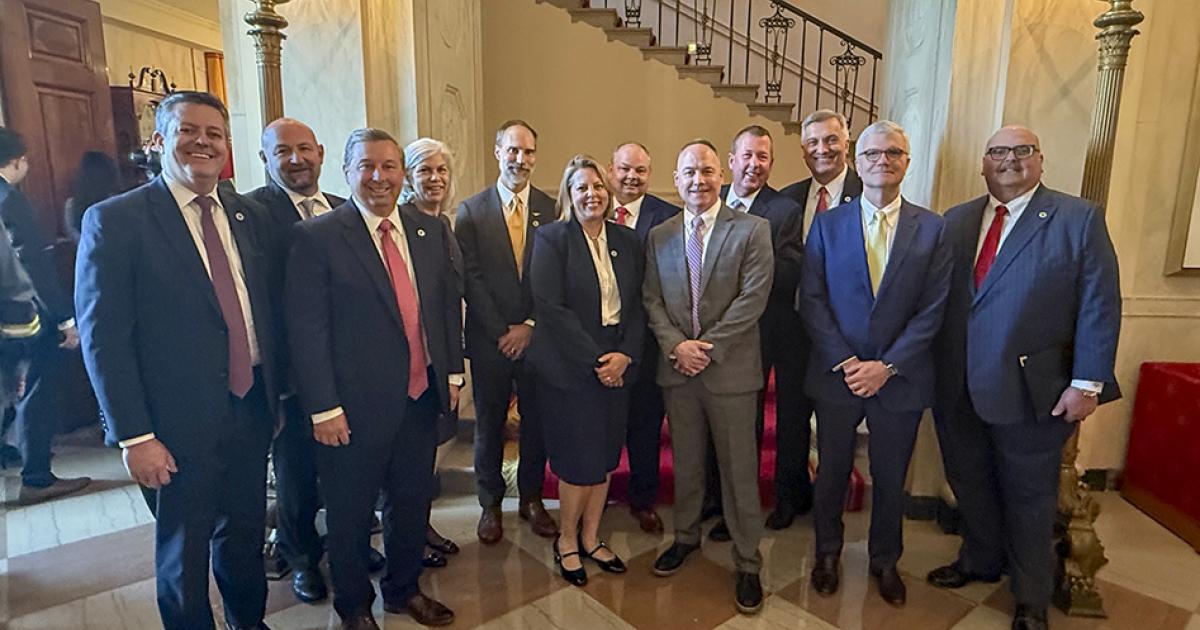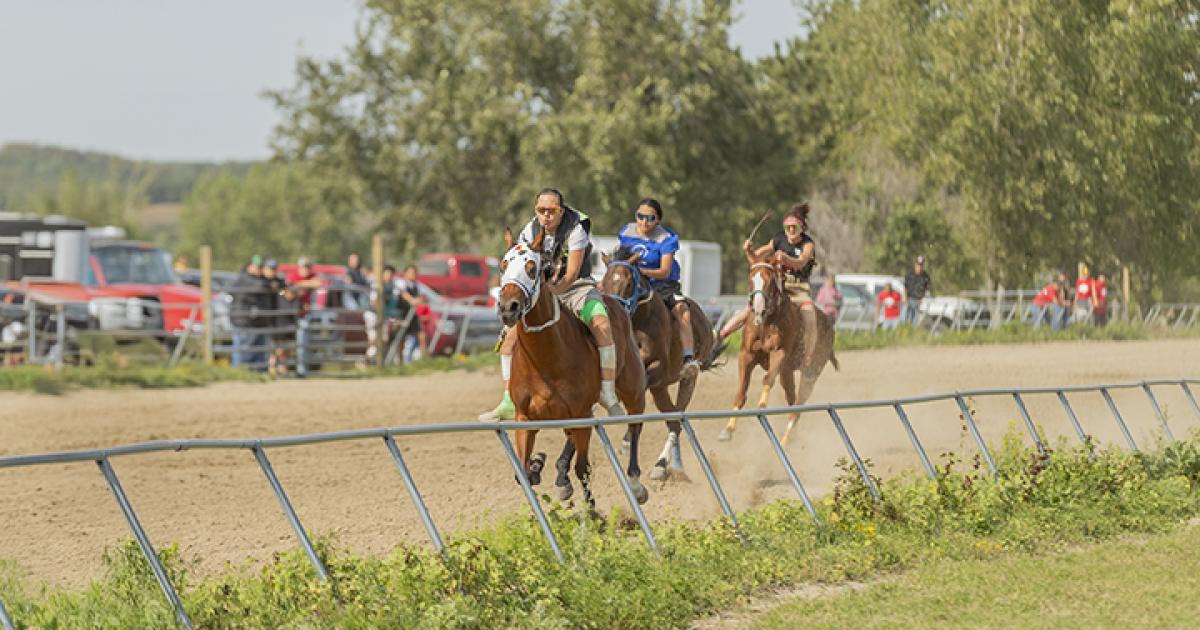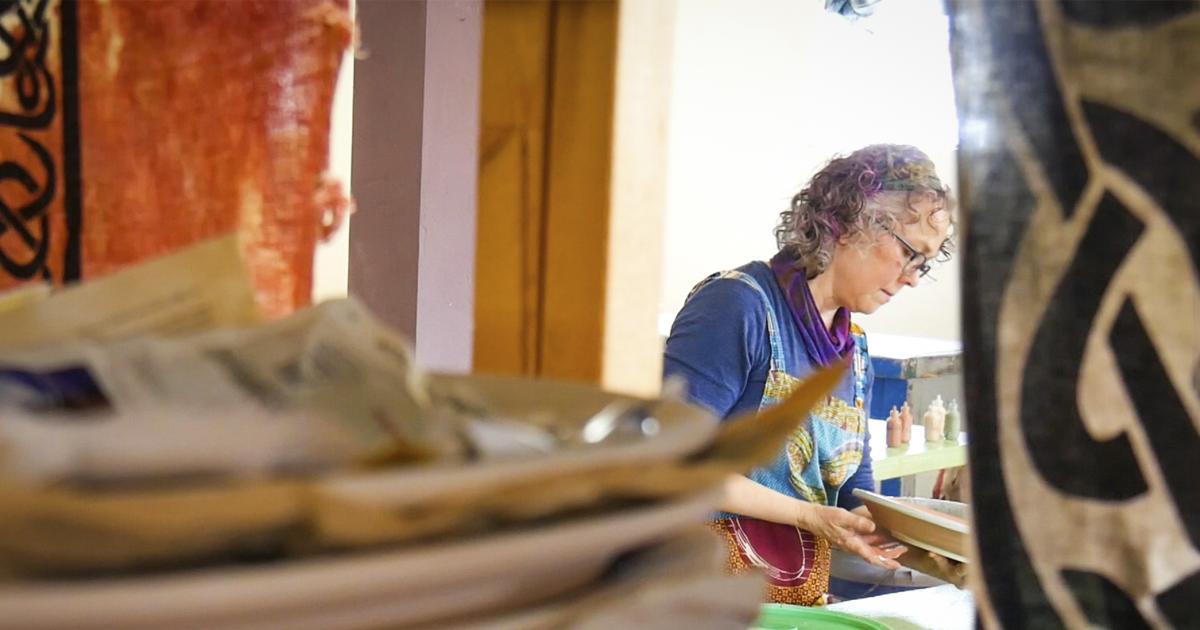It’s estimated North Dakota farmers planted just over 400,000 acres of sunflowers this year. If any of those sunflower fields are along a road, it’s a safe bet someone will stop and take a picture when the crop is in full bloom.
There is such a picture of a blooming sunflower field on the cover of the 1980 annual statistical summary of North Dakota agriculture. The fact sunflowers made the front cover 44 years ago was an acknowledgement of the position sunflowers had achieved in the state’s crop production mix.
Sunflower production has a long history in this state. While the Mandan Tribe was known to plant sunflowers, they became a popular crop in North Dakota in the 1970s. In 1978, almost 2 million acres were planted. That year, sunflowers were second only to wheat in terms of crop income. The value of the 1978 sunflower crop surpassed barley and was five times the value of the corn crop. In October of that year, I wrote, “We can no longer think of crop production in North Dakota without thinking of sunflowers.”
Sunflowers were the first non-program crop to capture a significant share of the acreage that had traditionally been planted to wheat and feed grains. Beyond that, sunflower production brought with it a whole new support industry – seed, chemicals and machinery. Sunflowers, too, were the first major crop to have most of the production processed in-state, making the crop a pioneer in value-added agricultural production.
The first Saturday in August is now celebrated as National Sunflower Day. The National Sunflower Association and North Dakota Tourism teamed up to make the designation a reality. They chose August because it’s the peak season for sunflower blooming.
“National Sunflower Day reminds us to show our inner sunshine, while taking the opportunity to share one of the earth’s most beautiful flowers,” the National Day Calendar proclamation states.
But sunflowers are much more than just a photo op. In many important ways, those beautiful fields represent a revolution in crop production in North Dakota.
___
Al Gustin is a retired farm broadcaster, active rancher and a member of Mor-Gran-Sou Electric Cooperative.


